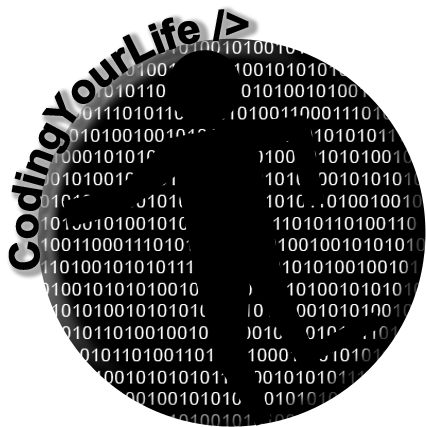For my Master’s Thesis I’ve chosen an ambitions topic namely to mind control my off-the-shelf electric skateboard. Meanwhile I have some video proofs and the thesis is pretty much completed so time for a new blog entry.
I start with a video where both concept and intention is the clearest (Upload Jannuary 2017)
Following hardware is used:
- EMOTIV Insight Brainwear (low budget EEG device)
- iPod Touch (bought 2016)
- Yuneec E-GO Skateboard (meanwhile even in Austrian electronic shops)
The interpretation of the forward thought is done by fetching data from the EMOTIV Insight brainwear via Bluetooth and running it though a tensorflow Machine Learning model directly on the iPod touch (iPhone easily possible too). On the iPod touch in the foreground runs the official E-GO App while my custom Thoughtboard App is running in the background and controls the E-GO App.
As soon as the forward thought is recognized the board starts to accelerate and drives forward (motor sound and iPod display).
Here is another video recorded months later. It still works. The model changed but it was trained on the same training data I just took the best model after comparing several results.
Just to complete the video series here an early approach where I could first remote control the speed of the E-GO electric skateboard. This is an early version without Brainwear and using a computer. The current version does not need a computer.
One more how-I-got-here video showing my first steps with the EMOTIV Insight brainwear.
Meanwhile I’ve ridden the board mind controlled if you can call it like that. It’s hard to hold the thought and not really of real-world use especially because you can’t control the brakes (yet).
In the year 2012 there was a similar project called “Board of Imagination”. The project was state-of-the-art back then. But something had to be done because it required a Windows Tablet, used an older generation of brainwear (mine is cheaper and has dry sensors) and it surely didn’t use the popular Google Machine Learning Library called tensorflow because it came out in late 2015. So not only the name is better but also some technological progress (I tried to contact them and got no response, also they didn’t made it Open Source as promised so sorry I’m not sorry for saying this). I can’t control the brakes yet but otherwise the project can keep up.
The project went better than expected. It was/is my first Machine Learning project and besides a calculator app my first iOS App too. I learned a lot along the road.

Leave a Reply